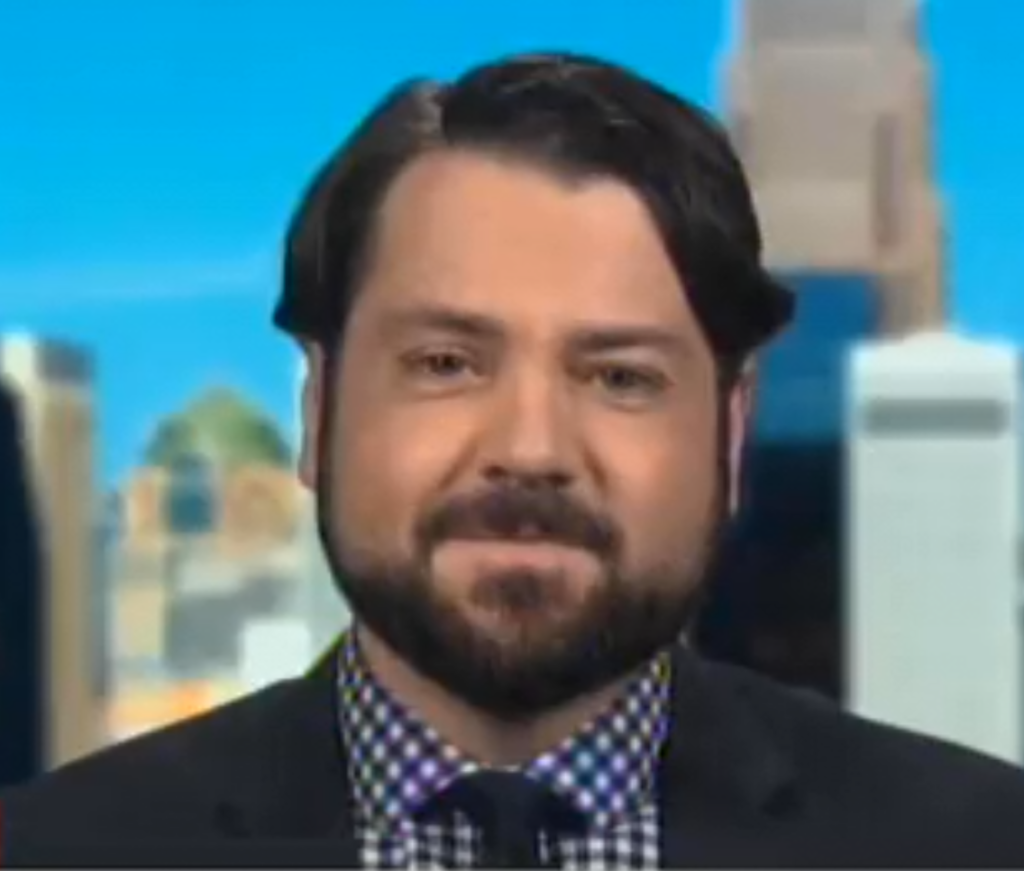
One summer between college semesters, I spent a scary week standing on wooden scaffolding as part of a crew painting a triple-decker tenement house. I was relieved when the workday ended, and I could climb down from our perch 20-30 feet up in the air and regain the comfort of solid ground. The job done, we dismantled the scaffolding, packed the poles and platforms into our truck, and drove away, leaving a freshly-painted house, looking, if not brand-new, a lot better than it did before we began.
As a writer, I use scaffolding in my work as well.
I could have used it to begin this column. In fact, it’s how I started my first draft:
This is a story about stories that begin with the phrase “This is a story about…” That is, it’s a story about scaffolding.
What’s scaffolding?
Scaffolding is the “temporary framework of platforms and poles constructed to provide accommodation for workmen and their materials during the erection, repairing, or decoration of a building,” as the Oxford English Dictionary defines the term.
In the writing trade, the poles and planks of scaffolding are words, phrases, and sentences that help the writer build. The difference between the folks in hard hats and those of us who bang on computer keys is that they dismantle their scaffolding while, all too often, we leave ours standing.
Writers — and our readers — would benefit if we took ours down, too.
This is a story about…
“This is a story about” is perhaps the most popular form of journalistic scaffolding.
In many cases, such as book reviews and marketing pitches, “This is a story about…” serves as a piece of necessary information. In news stories, however, it’s become the default lead, a quick, easy, and clichéd way to begin a story, as well as a favorite and flabby device to convey the story’s theme.
Stories need focus. We need to know what the story is about to effectively report, organize, draft and revise. But let readers decide what your story is about based on the evidence you’ve presented in ways that illustrate and buttress the theme.
If you believe your story is about corruption, for example, ask yourself what is the best example you have — the building inspector who lives in a waterfront mansion paid for with bribes from developers? — and then use that information to craft a lead that engages a reader’s interest.
Scaffolding is an essential part of the writing process. But as my former editor, Julie Moos, pointed out, “Just because it’s part of your writing process doesn’t mean it should be part of my reading process.”
Too many writers are reluctant to dismantle the scaffolding they needed to get started, to continue, to move from one point to another. Scaffolding helps us focus, organize, and assemble our ideas.
We put it up to get our stories down, but if we leave it there, we obscure the readers’ view with several varieties of pole and planks.
Some examples:
Questions. Here are three graphs in a deadline story I wrote about a rooftop drama when a police officer talked a would-be suicide out of killing himself:
The two men talked for nearly two hours as the sun began to fade.
What did they talk about?
“You know, little things, even the way he shined his shoes,” Lawton said. “Anything to keep his mind off jumping or shooting himself.”
I must have thought the question was necessary, and the desk let it stand, too. But I don’t think the reader needs it. A reader’s mind is equally equipped at furnishing scaffolding to make the bridge between thoughts. Give the reader more credit. Cut the middle graph and the story is five words shorter, and, I think, more dramatic.
The two men talked for nearly two hours as the sun began to fade.
“You know, little things, even the way he shined his shoes,” Lawton said. “Anything to keep his mind off jumping or shooting himself.”
Transitions. In the 1970s, the Wall Street Journal influenced a generation of newswriters with front page features that drew on a stable of transitional phrases — “Indeed,” “to be sure,” “what’s more,” “moreover” — to move a story along. They sound authoritative, the verbal equivalent of a supercilious nod. In most cases, they’re unnecessary. Take “indeed” — shorthand for “as a matter of fact.” It’s an adverb, the dictionary says, “often used interjectionally to express irony or disbelief or surprise.” In many cases, it’s used unnecessarily as well.
Parenthetical asides. In the first draft of this column, I used phrases such as “of course,” and “that is” to bridge my thoughts. I realize now that I was making these comments to the reader. “Scaffolding, of course,” is my way of saying “Hey, I know you know what scaffolding is, but I feel the need to present the definition for those who don’t.
Some scaffolds play a valuable role in published work. For example, the hourglass structure story form relies on a device called “the turn.” It’s the part of the story that follows the lead and signals the reader a chronological narrative is about to begin. Usually, the turn is a transitional phrase that contains attribution for the narrative that follows: “According to police, eyewitnesses described the event this way” or “the corruption cases unfolded this way, law enforcement sources say.”
Scaffolding is what we usually produce when we’re trying to get our fingers and brains moving. It’s part of the process of transforming ideas into language. But why not give our readers the benefit of some additional effort?
My first draft of this column produced a “This is a story about…” lead. Then, I recalled a piece of advice from Mitch Broder, a staff writer for Gannett Suburban Newspapers: “When something is the first thing that pops into your head, yours is probably not the first head it popped into.”
Reprinted from Poynter Online
”



